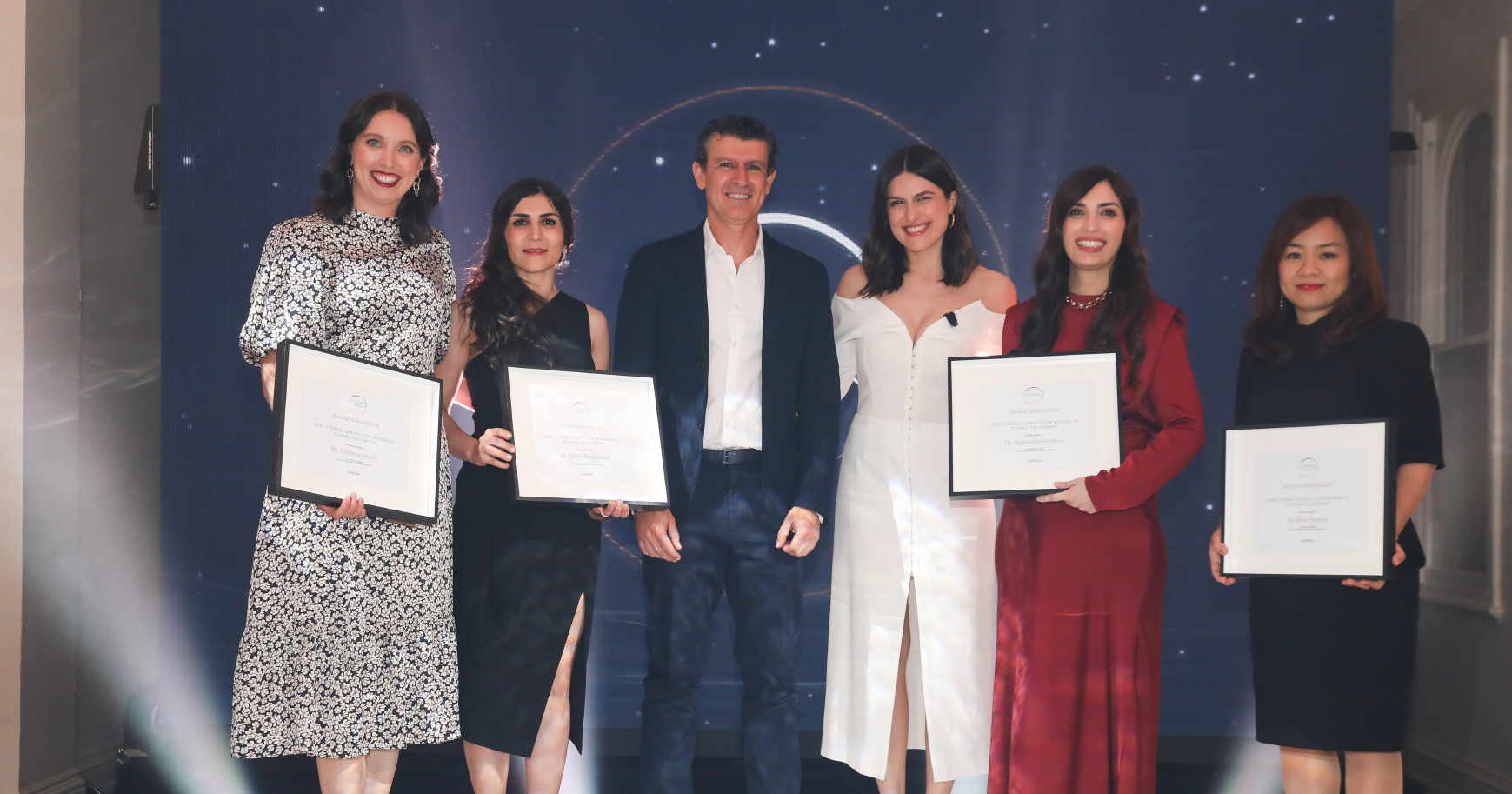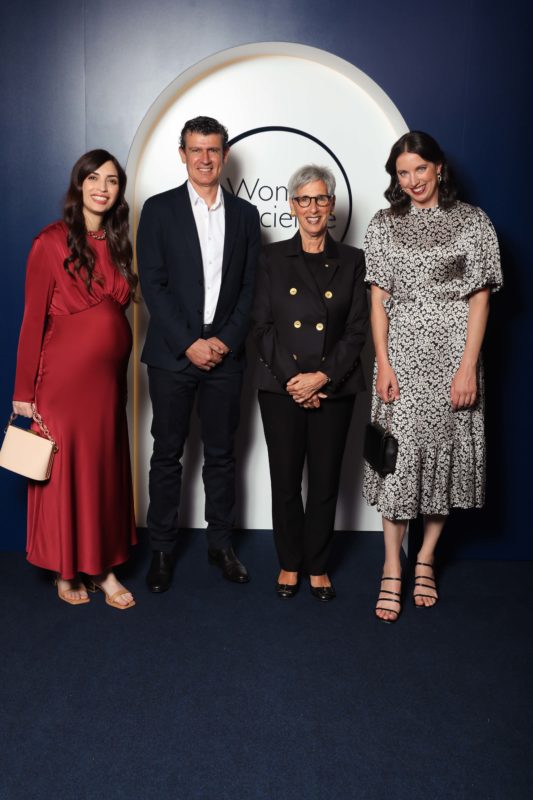Providers
The Seer Home service
Products
Seer Home
Seer Health
© Seer Medical 2024
Seer®, Seer Medical®, and WaterTabs® are registered trademarks of Seer Medical Holdings Limited in Australia and other countries.
December 7, 2021

Seer Data Scientist and Senior Research Fellow in Biomedical Engineering at the University of Melbourne, Dr Pip Karoly has received a prestigious Fellowship recognising the achievements of exceptional female scientists.
The intermittent nature of seizures is one of the biggest sources of stress for people living with epilepsy. Fortunately, Biomedical Engineer and Seer Data Scientist Dr Pip Karoly is intent on offering greater certainty through seizure forecasting — with her research and its integration into Seer technology revealing promising results.
“My research investigates long-term rhythms that influence the timing of epileptic seizures. Most people have heard of circadian rhythms, which affect most of our biology, from alertness to body temperature to reaction time. Through studying the timing of thousands of seizures in people with epilepsy, we found most people also had a unique rhythm to their seizures,” explains Dr Karoly.
“These ‘slow cycles’ affect an individual’s risk of epileptic seizure, and have previously only been measured from brain activity. For the first time, our research has tracked these long-term rhythms using heart rate data collected from a wearable smartwatch, giving us a clearer picture of changes that may indicate someone’s likelihood of having an epileptic seizure.”
“We can now effectively provide a seizure risk forecast — somewhat like a weather forecast — that will give people living with unpredictable seizures greater personalised insights into their seizure risk.”
Demonstrating the power of scientific and commercial collaboration, Dr Karoly and Seer are working together to put this new understanding to use through advanced seizure forecasting technology.
“By incorporating these insights into the technology at Seer, we are now piloting a world-first mobile and wearable app to tell people when they have a higher or lower chance of having a seizure.” (Read more about how this works here.)
This groundbreaking research has attracted significant attention globally in the epilepsy community and is now breaking into the mainstream: Dr Karoly has been named a L’Oréal-UNESCO For Women in Science Fellow.
The L’Oreal-UNESCO For Women in Science Fellowships celebrates women’s contribution to scientific research, aiming to support and recognise their accomplishments, while shining a spotlight on the underrepresentation of women in science. Today, only 28% of researchers are women with less than 20% making up the most senior leadership positions, and only 3% of Scientific Nobel Prizes have been awarded to women.
Each year, the L’Oreal-UNESCO program recognises the achievements of exceptional early-career female scientists, awarding four Australian and one New Zealand Fellowship to help further their research.

Dr Karoly was selected from an extremely competitive field, and she is excited by both the platform and the financial support offered by the Fellowship.
“It’s wonderful having an opportunity to amplify our research and to be part of conversations about the role of women in driving scientific research and breakthroughs. It’s an honour to be so visible and to be held up as role models and motivation for other young women considering a similar career path.”
The Fellowship funding from L’Oreal will also help support the next stage in Dr Karoly’s research – understanding why these mysterious long-term cycles exist.
“The Fellowship will help advance my work in seizure risk forecasting, helping people with drug-resistant epilepsy gain control over their lives with advance notice of seizure risk,” she enthuses.
“The next chapter of my research will explore scientific questions around why levels of seizure risk change over time, seeking to understand the personalised cycles of individuals. We will do this by conducting blood tests and taking saliva samples and monitoring brain activity to understand what causes these cycles. Over time, this will allow us to develop even better management tools and treatments.”
The life-changing potential of this work isn’t lost on Dr Karoly. “I love that my research is able to directly help people living with epilepsy.”
“For individuals with unpredictable seizures, it can be challenging to conduct everyday activities like going to work, driving a car or exercising without worrying. The ability to provide insight into a person’s epileptic seizure risk profile can help hundreds of thousands, even millions of people to live better lives and be able to manage their epilepsy.”
Read more about Dr Karoly’s research and Seer’s approach to seizure forecasting.